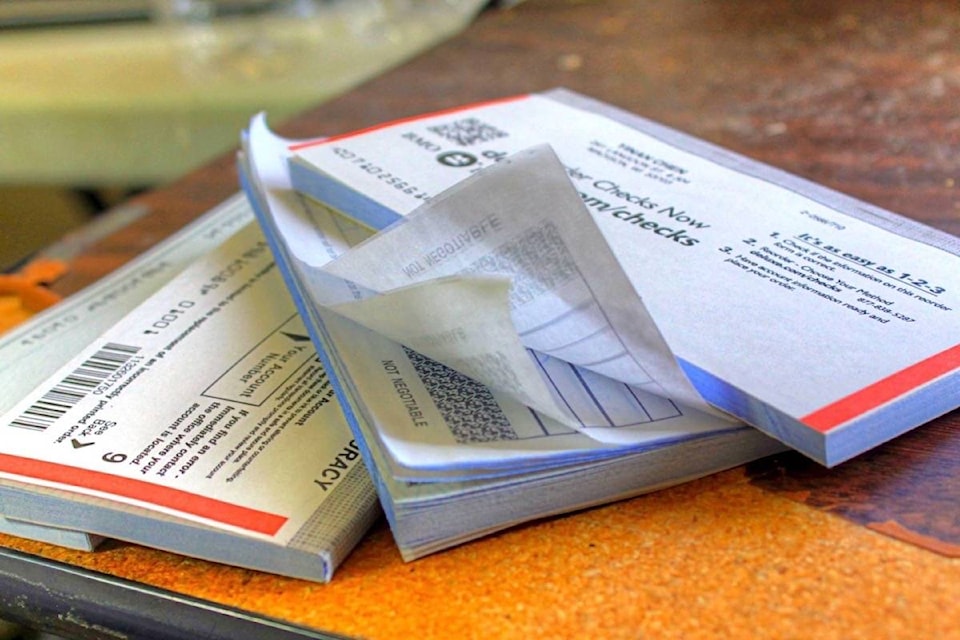Most people in British Columbia are concerned about their ability to repay debt, said a leading Canadian insolvency firm.
Fifty-eight per cent of British Columbians are unsure about paying off debt, said MNP Ltd on Jan. 21, citing a poll of 2,154 Canadians conducted by Ipsos.
That number rose by 10 points since September of last year and marks the highest rise of any province.
A total of half of British Columbians fear financial problems if interest rates keep rising, an increase of nine points since September.
“The research highlights the fact that many people in the province are not making ends meet, let alone address their underlying indebtedness,” said Lana Gilbertson, a licensed insolvency trustee (LIT) with MNP.
Twenty-seven per cent of people in the province don’t earn enough money to cover their bills and debt payments, a seven point rise since September, MNP said.
A rising number of British Columbians also say they are $200 or less away from financial insolvency, with the proportion increasing to 41 per cent from 35 per cent in September.
At that rate British Columbians trail behind the national average of 46 per cent of Canadians in the same situation.
READ MORE: 46% of Canadians $200 or less away from financial insolvency: poll
“Higher interest rates combined with high debt loads and mortgage costs mean that household expenses often outweigh income in many situations. Some are unable to make any kind of meaningful reduction in their debt and, in fact, continue to take on more especially if they encounter unexpected expenses,” Gilbertson said.
“For most, the cause of trouble is long term accumulated debt. With so little wiggle room, any increase in living costs can tip people over the edge. With interest rate increases, it’s starting to happen more now,” she added.
However, the situation in northern B.C. is slightly different and gives some cause for hope.
Insolvencies in the Nechako economic region were down by 3.5 per cent up to Sept. 30, 2018 compared to the same date in 2017, Melody Desmarais, LIT with Beverley & Associates in Prince George told Black Press.
There were 55 personal insolvencies reported in 2018 and 57 in 2017, Desmarais said, citing data from the Office of the Superintendent of Bankruptcy Canada.
Province-wide there were 9,985 insolvencies in 2018 and 9,975 in 2017.
Data for the rest of 2018 was not yet available.
“Overall, the Lower Mainland feels more of the strain from high housing prices,” Desmarais said. “There are fewer people in the north and lower housing costs so the effects are diminished.”
Across the country, residents of Saskatchewan and Manitoba are most likely to be insolvent, and 56 per cent of those polled are within $200 or less of becoming financially insolvent, according to MNP data.
Residents of Atlantic Canada - at 45 per cent - are the least likely.
